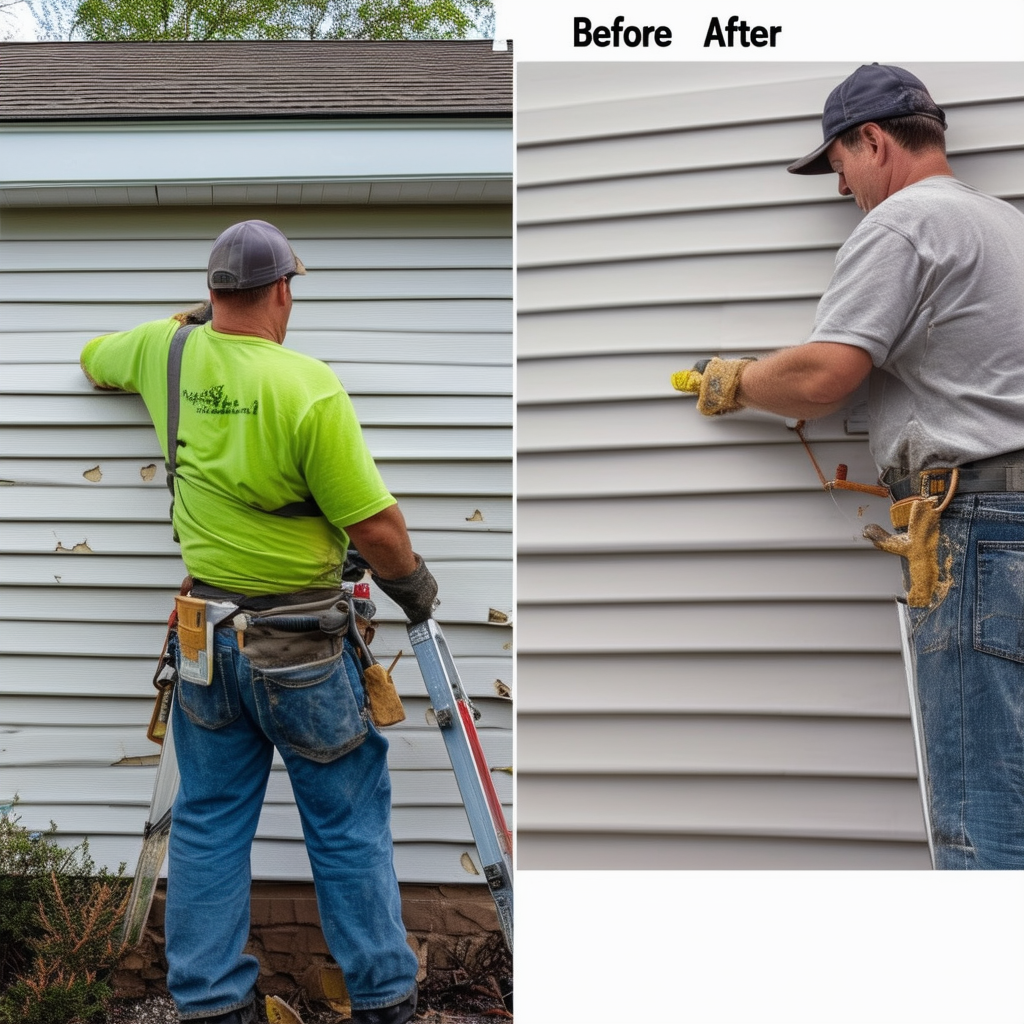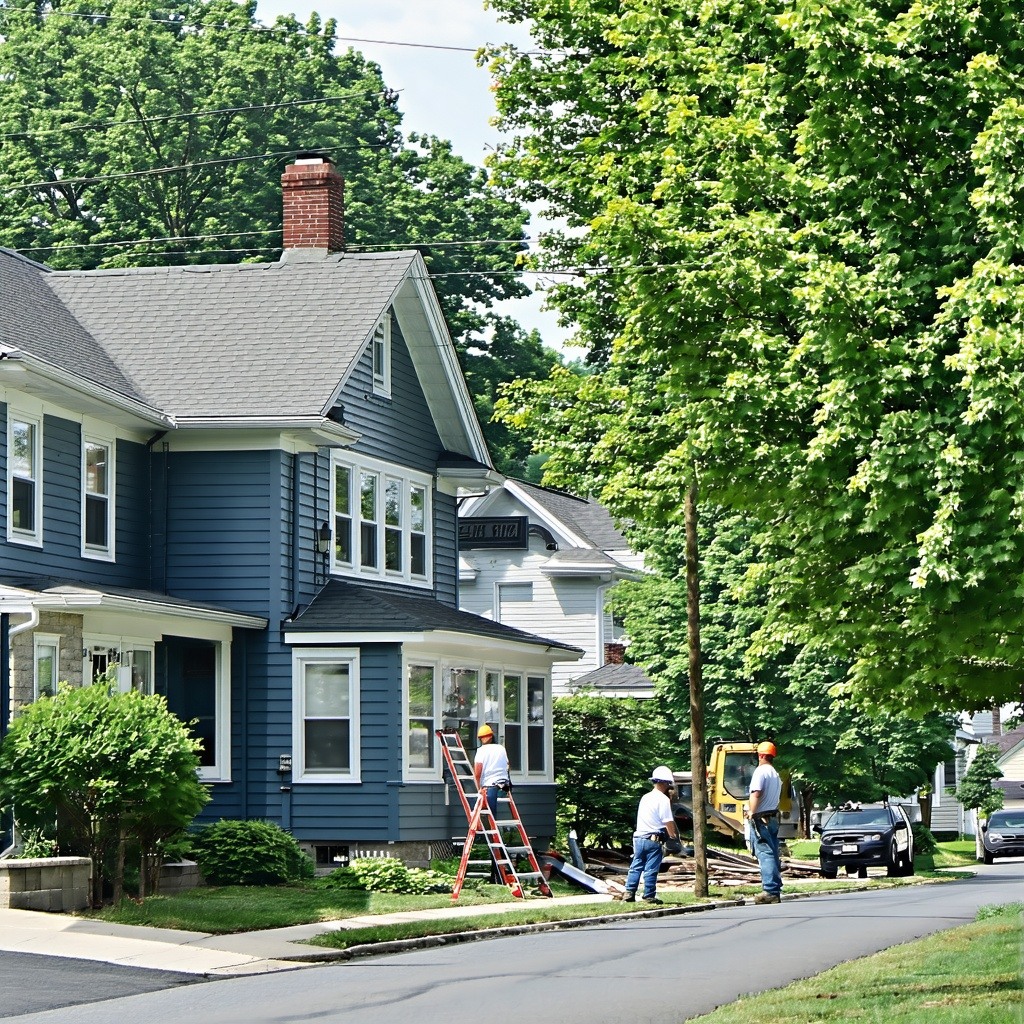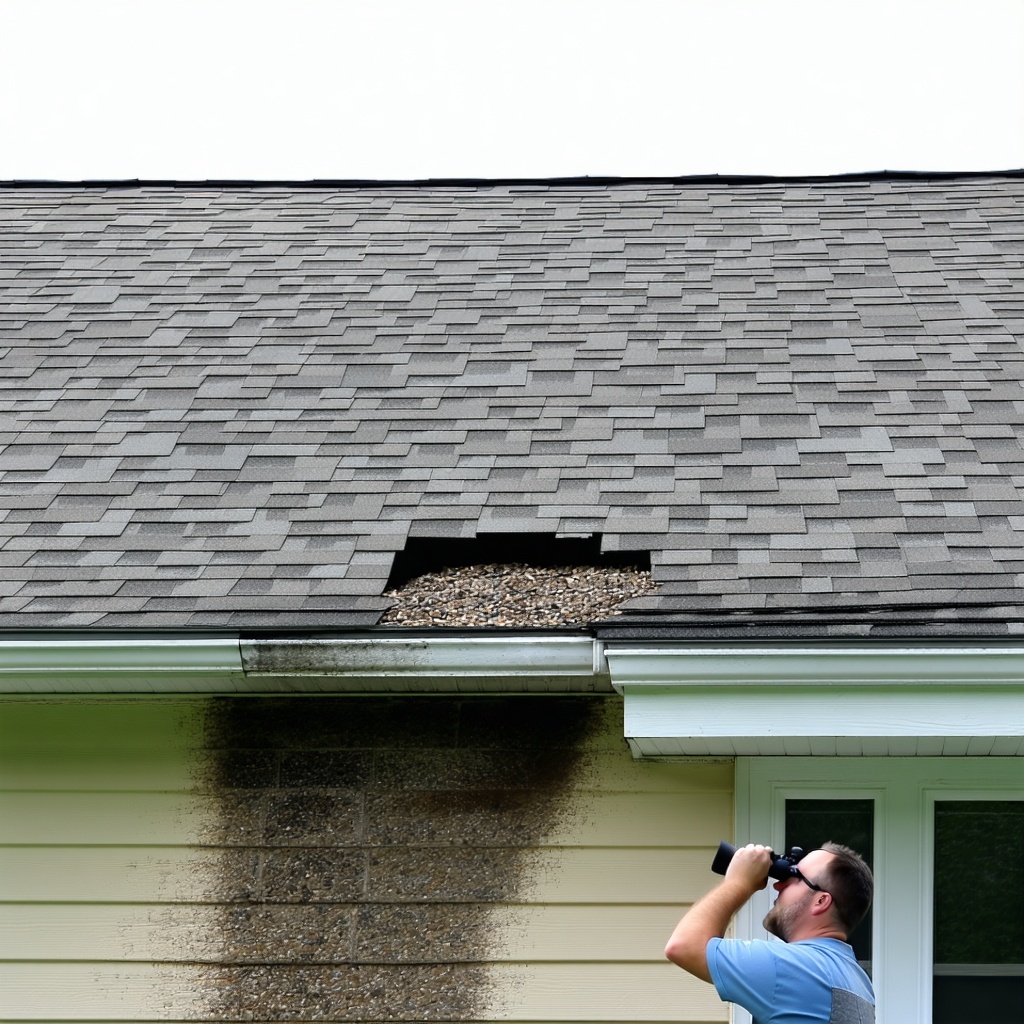Effective Tips to Repair Loose Vinyl Siding

Learn how to easily fix loose vinyl siding and maintain the aesthetic appeal of your home.
Understanding the Causes of Loose Vinyl Siding
Loose vinyl siding can be a common issue for homeowners and can be caused by a variety of factors. One of the most common reasons is improper installation, where the siding may not have been securely fastened or was installed too tightly, preventing it from expanding and contracting with temperature changes.
Weather conditions, such as high winds or heavy storms, can also cause siding to become loose. Additionally, the natural aging process and wear and tear over time can lead to siding that starts to pull away from the house. Understanding these causes can help you better address and prevent future issues.
Essential Tools and Materials You Will Need
Before you begin fixing your loose vinyl siding, it's important to gather all the necessary tools and materials. You will need a zip tool or siding removal tool, which is specifically designed to help you unhook and rehook siding panels. A hammer, nails, and a pry bar are also essential tools for this task.
Additionally, you may need replacement siding panels if any are damaged, as well as a utility knife to cut them to size. Safety gear, such as gloves and safety glasses, should also be used to protect yourself during the repair process.
Step-by-Step Guide to Fixing Loose Vinyl Siding
1. **Inspect the Siding**: Start by examining the loose siding to determine the extent of the problem and identify any damaged panels that may need replacement.
2. **Unhook the Panel**: Use the zip tool to unhook the bottom edge of the loose panel from the one below it. Insert the tool under the lip and slide it along to release the panel.
3. **Secure the Panel**: Using a hammer and nails or screws, reattach the loose panel to the wall. Make sure not to fasten it too tightly to allow for expansion and contraction.
4. **Reattach the Panel**: Once the panel is secured, use the zip tool to rehook the bottom edge back into place, ensuring it clicks securely.
5. **Check Your Work**: Finally, make sure all panels are securely fastened and there are no gaps or loose edges.
Preventative Measures to Keep Your Siding Secure
To prevent your vinyl siding from becoming loose in the future, regular maintenance is key. Make sure to inspect your siding at least once a year for any signs of damage or looseness.
Ensure that any trees or shrubs near your house are trimmed back to prevent them from rubbing against the siding and causing damage. Also, consider installing wind-resistant siding if you live in an area prone to high winds.
When to Call a Professional for Help
While many loose siding issues can be fixed by a handy homeowner, there are instances when it’s best to call in a professional. If you notice extensive damage, such as multiple loose or broken panels, or if the siding issue is due to structural problems with your home, it’s time to seek expert help.
A professional can assess the situation more thoroughly and provide a long-term solution, ensuring your home remains protected and aesthetically pleasing.


